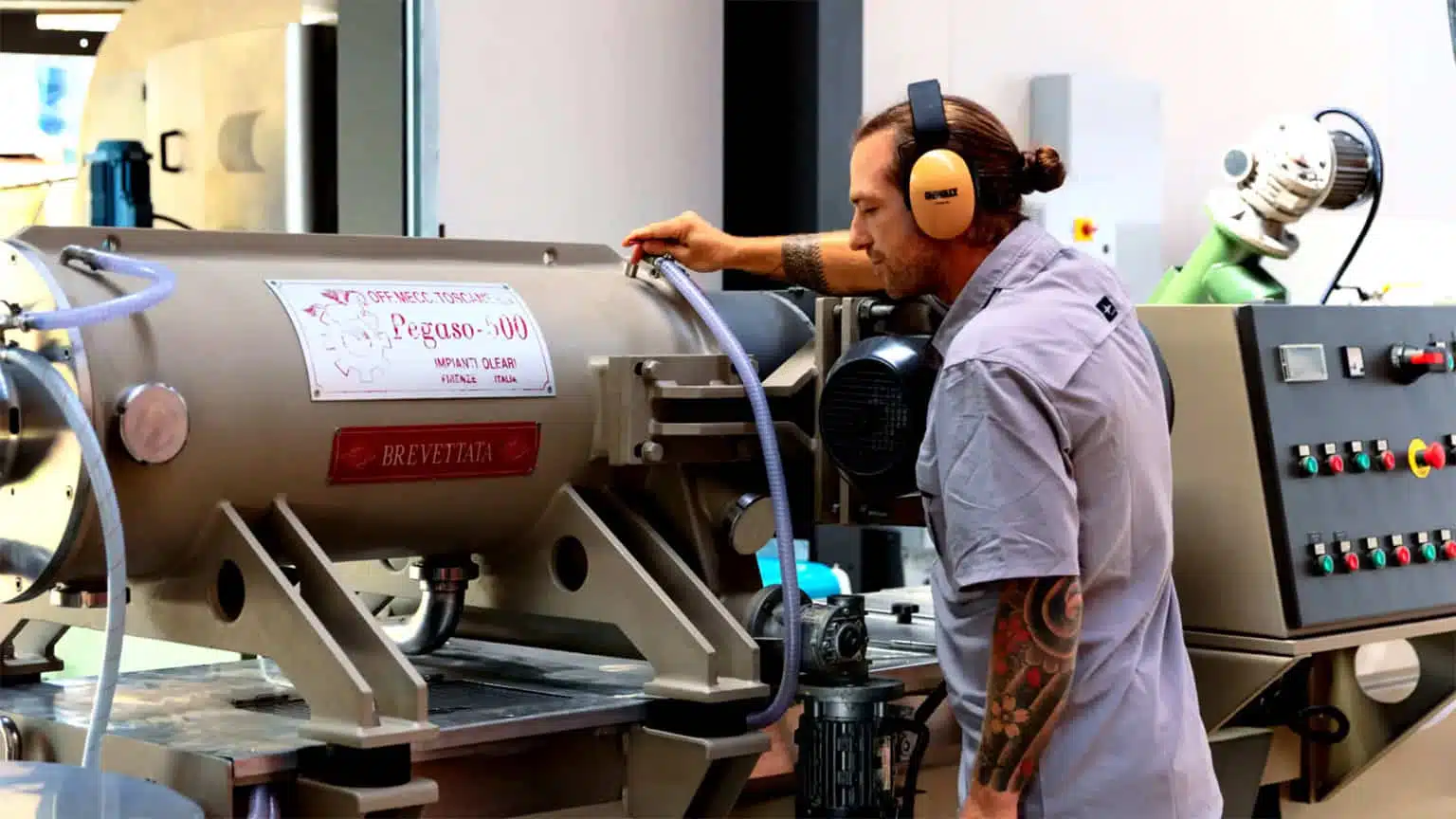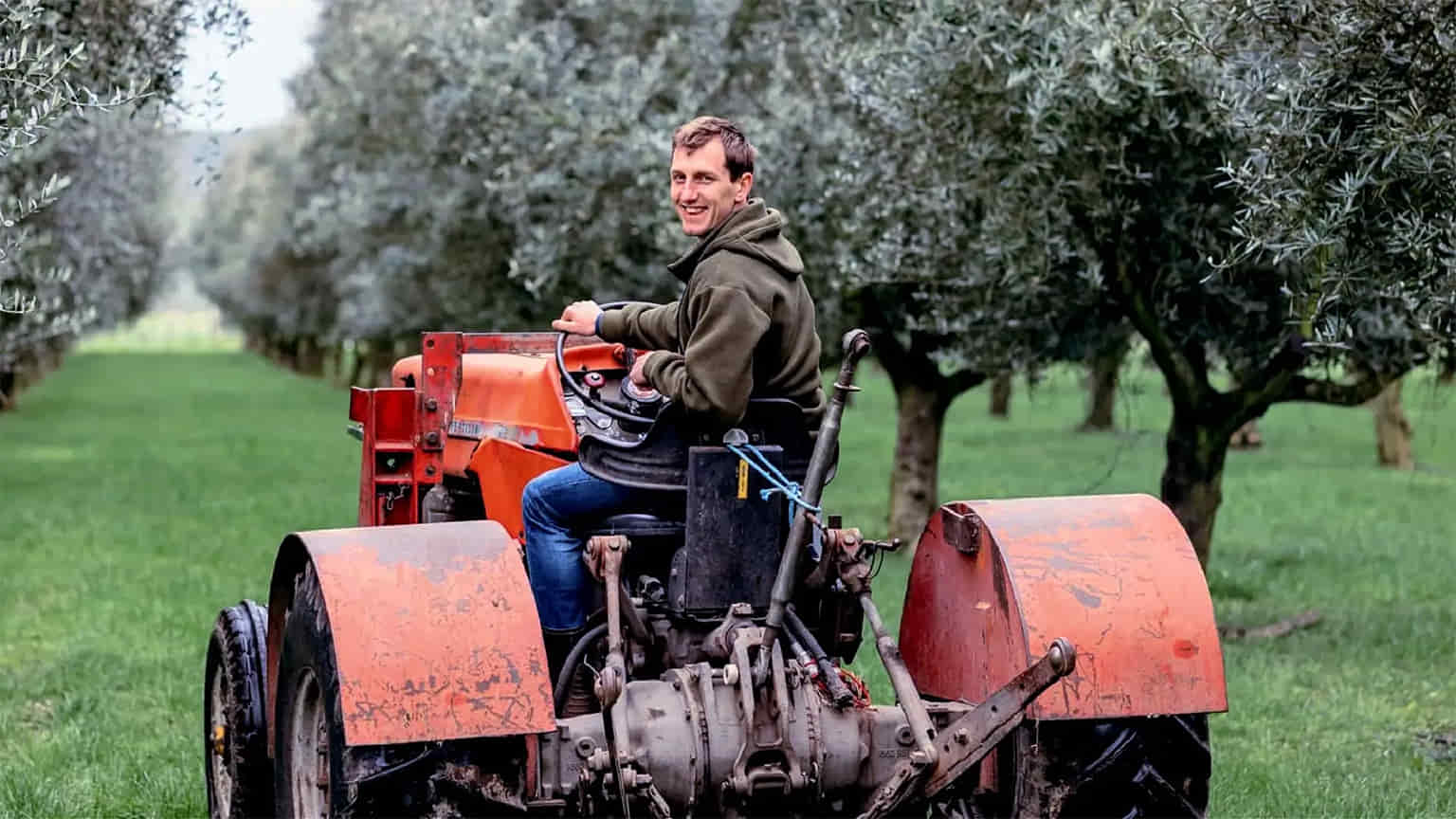The olive oil production for 2025 in New Zealand appears to be optimistic, despite certain regions encountering difficulties due to climatic factors. Some areas are enjoying improved yields and enhanced quality, while others grapple with issues such as fruit rot and unsatisfactory fruit set that have dampened expectations. Nevertheless, producers maintain a hopeful outlook for the season and are adopting various strategies aimed at boosting future yields.
As the harvest proceeds, preliminary results indicate a positive trend overall, with a notable increase in fruit volume compared to the last few years. However, the oil yields have seen a slight decline, primarily attributed to more rainfall than usual.
In the northern regions of the North Island, where the harvest commenced at the end of March, producers have faced substantial setbacks. Emma Grover, the executive officer of Olives New Zealand, highlighted, “Overall, there is a significant increase in fruit volume compared to the past two or three years, and many are feeling positive. However, due to the additional rain, yields have dropped a few percentage points across regions and cultivars.”
Instances of adverse weather have been a concern, with several groves suffering from strong winds and heavy rains right before the key harvest period, consequently reducing the amount of fruit collected. On Waiheke Island, for instance, Allpress Olive Groves reported lower yields compared to the previous year. Neil Smith, the company’s operations manager, noted that after a substantial harvest in 2024 and increased rainfall in 2025, their fruit volume was significantly impacted, although the oil yield remained high at nearly 24 percent.
Producers in areas beyond the northern regions are feeling more upbeat. Many are finding the harvest season has extended, indicating a more abundant crop. For instance, Grover mentioned that while some growers anticipated ripe fruit sooner, the actual ripening process is taking longer than expected.
Strong winds and equipment issues have posed challenges across the country during this harvest, leading to delays and operational frustrations. However, on a more positive note, most producers have not reported significant frost damages to their crops.
For example, Kapiti Olives experienced a fruitful early harvest despite the challenges posed by autumn rains affecting oil yields. Owners Diana and Grant Crosse shared their results, “We are in the middle of harvesting. Our Picual came off the trees very well… the olive oil tastes amazing.”
As the harvesting season unfolds, the outlook for New Zealand’s olive oil producers remains optimistic, with indications of larger fruit volumes overall, although fluctuations in oil yields due to variable weather conditions are apparent.
Obstacles in Northern Regions
The northern sectors of New Zealand’s North Island have encountered significant hurdles during the 2025 olive oil harvest, which commenced at the end of March. Despite the overall optimism surrounding crop yields, these areas have faced notable setbacks due to adverse weather conditions.
Emma Grover, the executive officer of Olives New Zealand, stated, “Overall, there is a significant increase in fruit volume compared to the past two or three years, and many are feeling positive. However, due to the additional rain, yields have dropped a few percentage points across regions and cultivars.” In particular, this year’s crop was lighter, and many olive groves suffered damage from strong winds and heavy rain just before the primary harvesting period, leading to considerable fruit loss.
Nonetheless, amid these challenges, select producers from this region have managed to find reasons for hope. For example, at Allpress Olive Groves on the scenic Waiheke Island, the anticipated yields for this year are lower in comparison to the previous year. Neil Smith, the operations manager, explained, “Following a large harvest in 2024 and high rainfall during our 2025 season, fruit volume was significantly reduced.”
Despite this reduction, the summer conditions proved favorable for oil extraction, allowing for impressive quality, with oil yielding nearly 24 percent. Smith noted that their Koroneiki variety has excelled, significantly aided by a thorough regenerative pruning approach adopted in the last few seasons.
Nevertheless, specific challenges persisted, with Smith indicating that “Our main constraint during harvest this season was fruit rot, brought on by unusually heavy rainfall and a warm maritime climate.” These climatic conditions rendered some varieties particularly vulnerable, causing fruit on lightly cropped trees to ripen quicker than usual, thus shortening the harvesting window from the typical 12 weeks to only eight.
The overall volume has also suffered due to a poor fruit set, a complication the company is actively addressing to combat the alternate bearing tendency of olive trees. As Smith elaborated, to achieve more reliable production and mitigate the biennial fluctuations, they are focusing on grove management approaches that prioritize regenerative pruning, disease management, and enhancements in soil health.

Insights from Individual Producers
Across New Zealand, a majority of olive growers are exhibiting a positive outlook for the harvest, particularly beyond the northern regions. According to Grover, “The rest of the country has had a much heavier crop, extending the harvest season as they wait for the fruit to ripen.” However, she noted, “The exterior of the fruit has colored well, but the actual ripening is taking longer than expected, catching a few growers off guard.”
Weather conditions, particularly strong winds, have posed significant challenges this season. Grover mentioned, “There has been a lot of wind, rain, and machinery breakdowns throughout the country this harvest, causing delays and frustration.” Fortunately, there have been minimal frosts which could have impacted the fruit’s quality.
In the southern North Island, Kapiti Olives has welcomed the advantages of an early harvest. Diana and Grant Crosse shared, “We are in the middle of harvesting. Our Picual came off the trees very well, cropping about 22 kilograms per tree, though the oil yield was only ten percent.”
They observed, “We’re attributing the low yield to a very wet autumn, which left the fruit full of water.” After a day of shaking, they managed to gather 30 kilograms per tree from the Leccino variety, yielding 12.8 percent oil. “Overall, aside from the wet autumn, the growing season has been great. The trees are healthy and full of fruit. We’re hopeful as we move on to the Frantoio and Koroneiki, which are laden with olives,” the Crosses added.
Further south, in the hilly Wairarapa region, Juno Olives is experiencing a successful season compared to the previous year. Andrew Liley, the owner, disclosed, “Much better than last year, with higher fruit volumes and oil yields. There’s more flavor variation across our different cultivars this year.” Nevertheless, adverse weather conditions, such as winds during flowering and subsequent frosts, were concerns. Liley remarked, “But we were more fortunate than many.”
Close by, Olivo farm is also reporting a fruitful harvest. Co-owner Helen Meehan stated, “The 2025 season has been much better than 2024, both in terms of crop and oil volumes.” Their Tuscan varietals delivered ten times more than last year, and their Barnea trees, some of the oldest in New Zealand, yielded double the previous amounts. Despite some challenges, she noted, “Unfortunately, the Frantoio was very sticky on the trees. We could have increased the quantity, but even so, we were satisfied. We machine-harvest most of our 1,200 trees.”
On the eastern coast in Hawke’s Bay, Aquiferra also celebrated strong harvest results. Tim Groves shared, “We feel the season has been great. We finished our harvest about six weeks ago and are pleased with both the quality and the volume of the oil.” Their two-hectare block produced ten tons, marking one of their highest totals in six years. Nevertheless, balancing the task around their full-time jobs remains a challenge. Groves explained, “Keeping up with spraying and especially pruning has been tough,” noting that the recent summers had brought significant rainfall, resulting in rapid tree growth.
“This made the trees very tall very quickly, complicating spraying and mechanical harvesting,” Groves added. Looking ahead, he stated, “Our strategy moving forward is to prune more aggressively than in previous years to manage tree size, improve spray coverage, and make harvesting more efficient. It’s been a big year for firewood.”

2025 Harvest Forecast
Anticipation for the olive oil yield in New Zealand for 2025 is notably high, despite the remaining results from the South Island yet to be reported. The overall sentiment regarding the nation’s production is largely optimistic.
Grover’s Confirmation: There is an appreciable uptick in the volume of olives anticipated this year compared to the previous two to three seasons, leading many in the industry to express a positive outlook. Grover stated, “Overall, there is a significant increase in fruit volume compared to the past two or three years, and many are feeling positive.”
Impact of Weather Conditions: Nonetheless, it is important to note that an increase in rainfall has resulted in a slight decline in oil yields across various regions and olive varieties. Grover indicated that “However, due to the additional rain, oil yields have dropped a few percentage points across regions and cultivars.”
As the season progresses, producers remain hopeful that the yield will rebound despite the challenges posed by weather conditions, positioning New Zealand’s olive oil industry on a promising trajectory for 2025.
Key Takeaways
- The outlook for the 2025 olive oil harvest in New Zealand is generally optimistic, even though some northern regions are contending with challenges.
- Producers have experienced a notable increase in fruit volume compared to the past two to three years, fostering a positive sentiment across many growers.
- Despite this increase, oil yields have slightly decreased by a few percentage points due to excess rainfall, which has impacted the production quality and timing.
- While the northern territories face significant issues, including poor fruit set and adverse weather, southern producers are reporting stronger yields and quality.
- Strategies are being implemented by growers to manage challenges, including regenerative pruning and disease control, to promote more consistent production moving forward.
- Overall, while there are hurdles to navigate, particularly in the northern regions, the general trend indicates a strengthening outlook for the olive oil industry in New Zealand as they advance through the harvest season.
Frequently Asked Questions
What is the current status of the 2025 olive harvest in New Zealand?
The 2025 olive harvest in New Zealand is showing promising results overall, despite some challenges in northern regions due to weather conditions. Many producers are optimistic about a strong yield, although some areas faced issues like fruit rot and poor fruit set.
What are the major challenges faced by olive producers in New Zealand this season?
Producers in northern regions have reported challenges such as wild winds, heavy rain causing delays, fruit rot, and a shorter harvest window. However, many growers are still optimistic due to improved growth conditions in other regions.
How have weather conditions impacted the olive yields in New Zealand for 2025?
While there has been a significant increase in fruit volume compared to previous years, oil yields have slightly dropped due to additional rain affecting the quality and harvestable quantities of olives across various regions.
Are there any notable differences in the harvest results between different regions in New Zealand?
Yes, while some regions like Waiheke Island experienced lower yields, other areas reported strong results, such as Juno Olives and Aquiferra, indicating a varied impact of weather on the harvest across the country.
